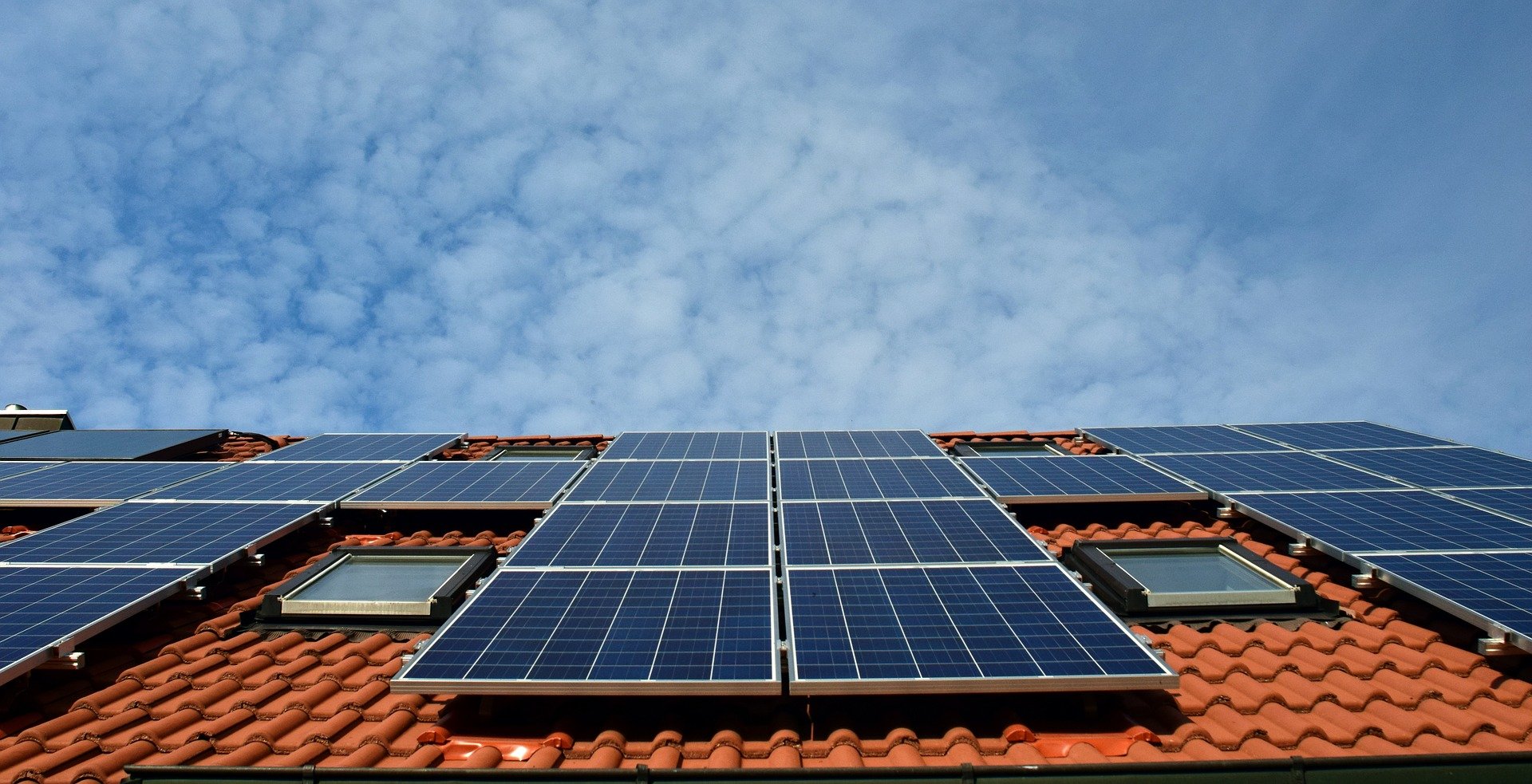Solar panels are a great way to save money on your energy bills and reduce your reliance on fossil fuels. However, in California, solar panels without storage are becoming less and less attractive due to the state’s changing energy policies.
PG&E, the largest utility company in California, has been steadily raising its rates for solar customers. In addition, the company has been changing its time-of-use (TOU) rate plans, which make it more difficult for solar customers to offset their energy use during peak hours.
As a result of these changes, solar customers are now facing a choice: either install solar batteries to store their excess energy or risk paying higher energy bills.
Why Solar Batteries Are Becoming More Important in California
Solar batteries allow homeowners to store their excess solar energy for use during peak hours, when electricity prices are highest. This can significantly reduce a solar customer’s energy bills.
In California, the average solar customer can save every year throughout the life of the panels and batteries by installing a solar battery. This is because the state’s TOU rate plans charge significantly more for electricity during peak hours.
How PG&E Rate Plans Have Changed Over the Last Decade
- Flat Rate Plans (2013-2015):
- Flat rate plans charged homeowners a consistent rate for electricity consumption, regardless of the time of day.
- There was limited differentiation in pricing based on peak and off-peak hours.
- Tiered Rate Plans (2016-2017):
- PG&E introduced tiered rate plans, which categorized electricity consumption into different tiers.
- The first tier had a lower rate, while higher tiers incurred progressively higher costs.
- This encouraged conservation by penalizing high usage.
- Time-of-Use (TOU) Rate Plans (2018-2020):
- PG&E shifted towards TOU rate plans, where electricity rates varied based on the time of day.
- Peak hours during the evening and late afternoon had higher rates.
- Off-peak hours, typically overnight, had lower rates, encouraging homeowners to shift energy use to these times.
- The structure aimed to align pricing with the actual cost of electricity production and reduce grid strain during peak demand.
- TOU Rate Plans with EV (Electric Vehicle) Rates (2021-present):
- PG&E introduced TOU rate plans designed specifically for homeowners with electric vehicles.
- These plans included special rates and incentives to encourage EV charging during off-peak hours, promoting energy efficiency and supporting the growth of electric vehicles.
Changes Over the Years:
The most significant change over the years has been the shift from flat rate plans to TOU rate plans. PG&E has increasingly focused on encouraging energy conservation and grid management through pricing strategies that promote off-peak energy use. The peak hours for TOU rate plans have also shifted to the evening, aligning with periods of higher demand and grid congestion.
Average Electricity Rates Over the Last 10 Years (Sample Data):
Here’s a table showing average electricity rates for homeowners in California corresponding to the rate plan changes over the past decade. Please note that these rates are illustrative and may not represent the actual rates for every year.
Actual rates can vary based on location, usage, and other factors:
|
Year |
Rate Plan | Average Rate (per kWh) |
| 2013 | Flat Rate | $0.15 |
| 2014 | Flat Rate | $0.16 |
| 2015 | Flat Rate | $0.17 |
| 2016 | Tiered Rate | $0.14 (Tier 1), $0.18 (Tier 2) |
| 2017 | Tiered Rate | $0.15 (Tier 1), $0.20 (Tier 2) |
| 2018 | TOU Rate | $0.16 (Off-Peak), $0.24 (Peak) |
| 2019 | TOU Rate | $0.17 (Off-Peak), $0.25 (Peak) |
| 2020 | TOU Rate | $0.18 (Off-Peak), $0.26 (Peak) |
| 2021 | TOU Rate with EV | $0.17 (Off-Peak), $0.27 (Peak) |
| 2022 | TOU Rate with EV |
$0.18 (Off-Peak), $0.28 (Peak) |
Please note that these rates are simplified and may not account for all the variations and incentives available in PG&E’s rate plans. Actual rates and rate structures can vary by location and may be subject to regulatory changes and utility policies. Homeowners are advised to consult PG&E’s official website or contact the utility for the most up-to-date and accurate information on rate plans and pricing.
Understanding Time-of-Use Rate Plans
Time-of-use (TOU) rate plans charge customers different rates for electricity usage based on the time of day and season. PG&E’s adjustments to TOU rate plans have been designed to better align with the dynamics of solar energy production and overall grid demand. These shifts can affect how much homeowners save with their solar installations.
How PG&E’s TOU Rate Plans Are Disincentivizing Standalone Solar Systems
PG&E’s TOU rate plans are designed to encourage customers to use less energy during peak hours. However, these plans can also make it more difficult for solar customers to offset their energy use during peak hours.
For example, PG&E’s Time-of-Day (TOD) rate plan charges customers more for electricity during the afternoon and evening hours, when solar production is typically highest. This means that solar customers may not be able to offset their energy use during these peak hours, even if they have a large solar system.
Why Solar Without Storage Is No Longer a Viable Option in California
Given the rising cost of solar energy and the increasing complexity of PG&E’s TOU rate plans, solar without storage is no longer a viable option for most California homeowners.
If you are considering installing solar panels, you should seriously consider installing solar panel battery storage as well. This will help you to maximize your savings and avoid paying higher energy bills.
Solar batteries are becoming increasingly important for solar customers in California. These batteries allow homeowners to store their excess solar energy for use during peak hours, when electricity prices are highest.
If you are considering installing solar panels, you should seriously consider installing solar batteries as well. This will help you to maximize your savings and avoid paying higher energy bills.

